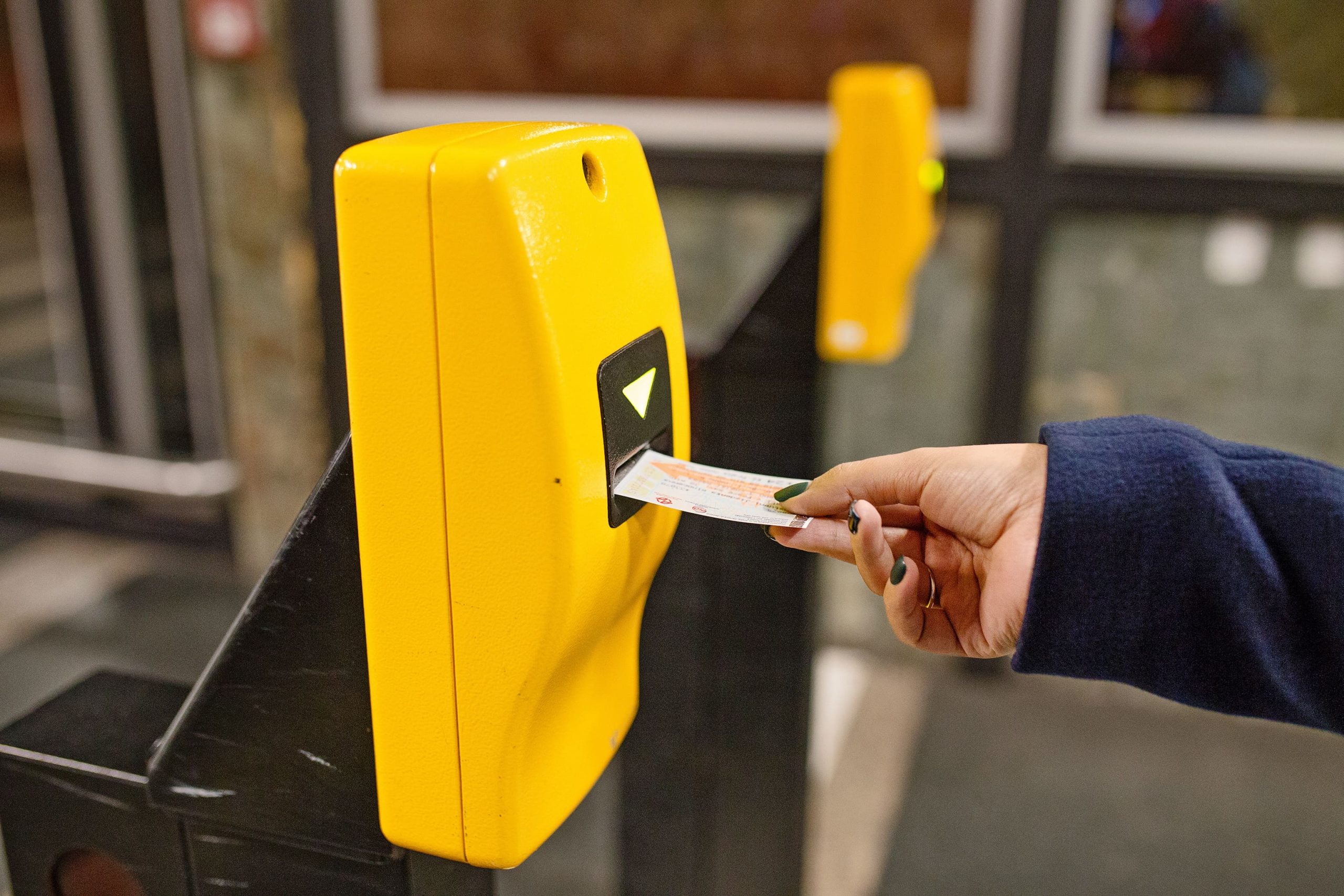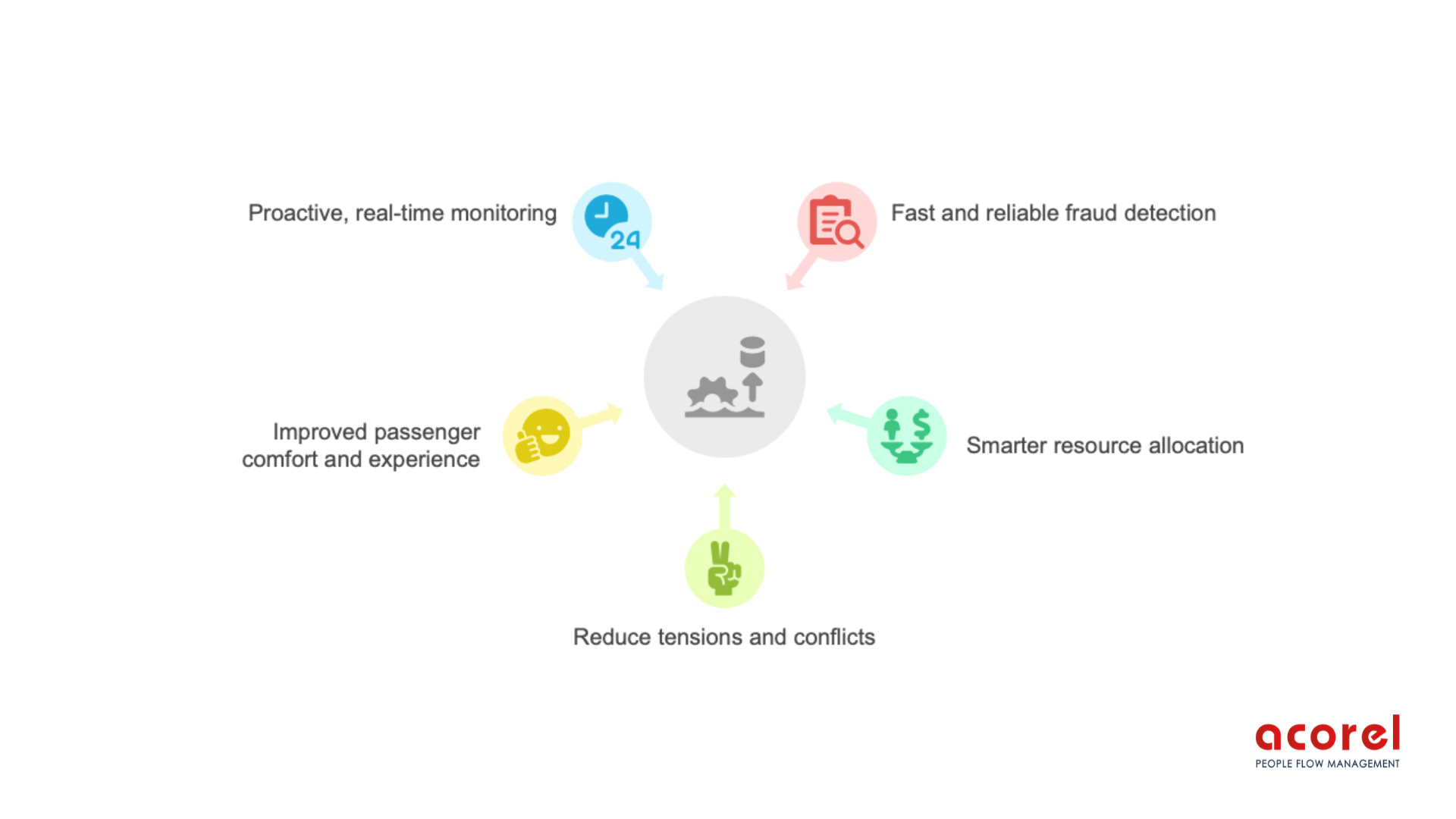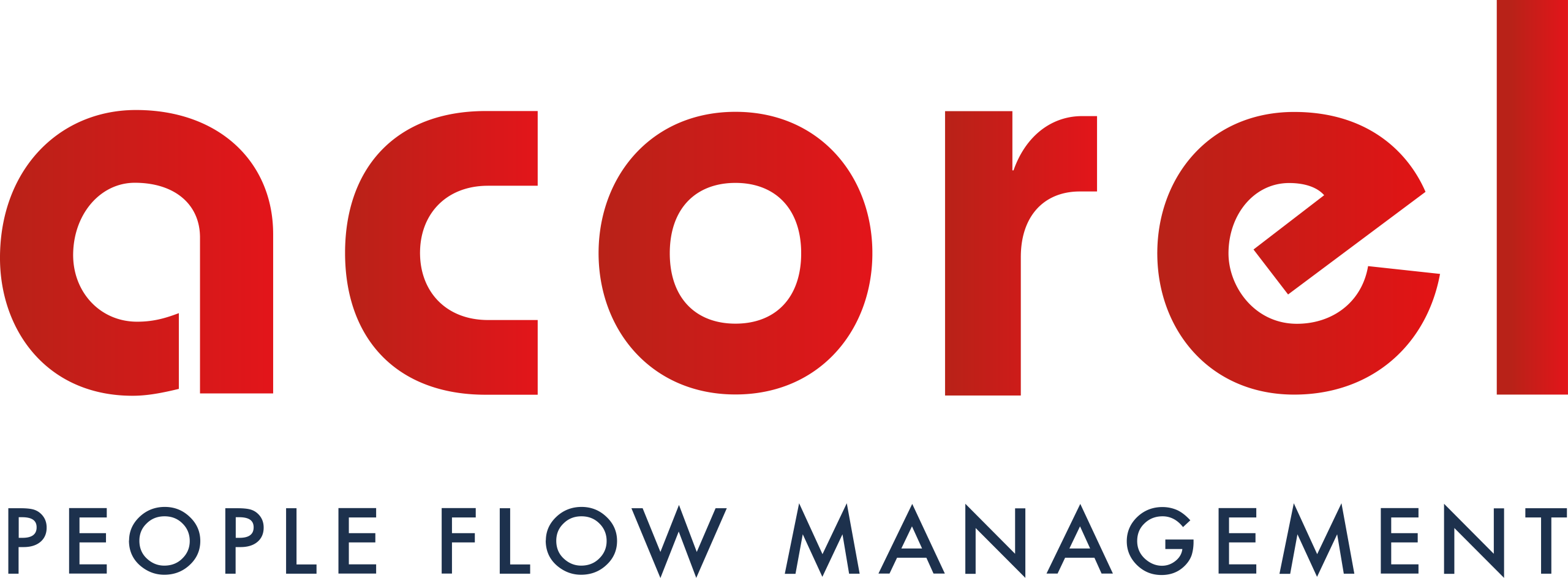
Fare evasion in public transport is a widespread issue that affects all mobility networks from buses and trams to metros and trains. Every year, it represents a colossal loss of revenue for operators and public authorities.
Contrary to common belief, fare evasion does not only come from passengers who refuse to pay. It takes many forms: jumping barriers, forging tickets, abusing fare discounts, or even issues linked to the configuration and density of the network.
Fare evasion impacts more than just finances. It also affects the passenger experience. The revenue shortfall often results in fare increases, fewer services, or reduced investments in infrastructure penalising honest travellers who validate their tickets.
Ticket non-validation: a common but costly practice
Among the many forms of fare evasion, ticket non-validation is one of the most frequent. Many passengers still see it as a harmless oversight. Yet validation serves not only to confirm ticket validity but also to feed operational systems with essential data.
Each validation provides operators with crucial insights to better dimension public transport services. Without this information, networks lose visibility: some lines become overcrowded while others run half-empty, and frequency planning suffers.

This makes ticket non-validation an “invisible fraud” with cumulative consequences both financial and operational. For this reason, innovative technological solutions are needed.
Why fare evasion varies across networks
Fare evasion in public transport depends on multiple factors:
-
Network configuration: Open networks such as buses and trams face higher fare evasion than closed systems like metros equipped with barriers.
-
Network size and density: Larger urban networks particularly in the Greater Paris region are more exposed.
-
Time and day: Fare evasion rates rise at night, weekends and public holidays.
-
Passenger profile: Young people and vulnerable groups are statistically more likely to evade fares.
These variables prove that tackling fare evasion requires targeted action based on reliable passenger data. This is where automatic passenger counting technology becomes a game changer.
The role of pricing in fare evasion
Fare policies strongly influence fraud. Examples include:
-
Complicated procedures to obtain discounted fares discourage eligible passengers.
-
Overly complex fare structures confuse users.
-
A perceived lack of fairness when some groups travel for free while others do not.
-
Practical barriers such as broken ticket machines or no sales available on board.
In short, fare evasion can result from poorly designed systems. The solution lies in simple, accessible and fair pricing strategies – supported by accurate data collection.
Free public transport: not a miracle solution
Full fare-free transport is sometimes suggested as an answer to fraud. However, it brings new challenges: higher passenger volumes, service saturation, and difficult financing.
Moreover, if the process to access free fares is too complex, many eligible passengers give up and continue to evade. Free travel must therefore be monitored with continuous passenger data to anticipate and manage its impact.
Automatic passenger counting: a smart technological response
In this context, automatic passenger counting systems stand out as an essential tool. Installed at vehicle doors or in stations, these sensors precisely measure boarding and alighting at each stop.
The data is then cross-checked with ticket validations. Any significant discrepancy : for instance, far more boardings than validations signals a risk zone. This gives operators reliable indicators to take targeted action.
Furthermore, operators can identify peak fraud hours and locations. This allows them to:
-
Deploy inspectors strategically.
-
Reinforce communication campaigns.
-
Test new fare enforcement methods.
Unlike costly manual surveys, automatic passenger counting delivers continuous, real-time data for more effective decisions.
Discover how Acorel’s passenger counting solutions already help transport networks reduce fare evasion and protect their revenue. Contact our team to learn more.
Key benefits of passenger counting technology

A strategic lever for operators and public authorities
Ultimately, reducing fare evasion is not just about money. It is also about fairness, sustainability and trust in public transport systems.
Passenger counting technology secures revenue, strengthens transparency, and improves service quality. For operators, it represents more than a tool to fight fraud, it is a strategic asset for better passenger flow management and smarter mobility.
The fight against fare evasion in public transport requires a strategy combining control, prevention and innovation. Automatic passenger counting systems emerge as a powerful lever to limit ticket non-validation, protect revenue and deliver a sustainable, fair and high-quality mobility experience for all.
